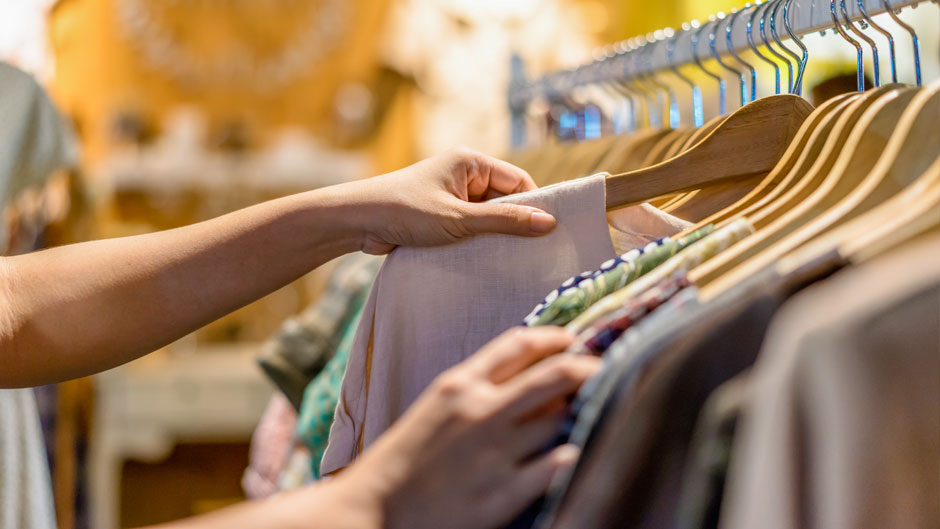For several years now, at the beginning of each year, we have people predicting the death of retail. Last year was no different, and once again, the projected retail apocalypse did not materialize. On the contrary, retailers seem to have embraced the convergence of channels to create a new retail ecosystem. They now begin to see the pay offs to their investments in technology, the supply chain, and experiential shopping. In fact, the industry may continue to grow in 2019 as consumer confidence continues to be very high, the unemployment rate is at record low levels, wages continue to grow, and consumer spending power is increasing. Of course, not all is rosy and several unknowns (e.g., tariffs) can put a dent in the forecast. However, the overall outlook is optimistic.
For some perspective on the “dominance” of online over brick-and-mortar: There are over 1 million retail stores in the U.S. and retail has seen an increase of four percent per year in sales since 2010. Online sales represent less than 10 percent of sales and almost all of the top 50 retailers operate a physical store. More than 2,000 physical stores are opening in 2019 (including Dollar General, TJ Maxx, Aldi, Target, and Costco).
Companies like Bonobos, Casper, and Warby Parker won over millennials without any physical locations. With the online success and the “offline” decline, however, came intense competition, surging online advertising costs, and cheaper mall space have changed the dynamics and we now see all those companies opening or announcing the opening of hundreds of physical stores. This new phenomenon of “clicks-to-bricks” includes names like Amazon, AdoreMe, Chubbies, Everlane, and many others. And all these newly opened pop-up stores tend to follow a pattern. They usually open first in New York City, Los Angeles, Chicago, and San Francisco.
But one may argue that the permanent closing of major retailers such as Toys “R” Us, Payless, Bon-Ton, and Gymboree as well as a number of announced closures by J.C. Penney, Sears, and Macy’s paint a different picture. With e-commerce gaining a larger share of the pie, brick-and-mortar stores struggle to remain relevant. Aren’t these signs of the destruction of retail? Not really. There is nothing new here. Markets and consumers always change, and some retailers adapt their business models better and faster than others. These retailers realized that their biggest disadvantage compared to e-commerce retailers is the lack of consumer data. They are now adopting technology to gain the same advantage and adapt to the new retail landscape. Those that lagged behind are now facing the real chance of extinction.
Retailers need to collect and analyze valuable customer data (in the form of text, audio, and video) in an effort to improve their operations and enrich the customer experience. This will allow them to optimize the customer journey by improving customer service and increase customer retention. By leveraging customer data, retailers can optimize pricing, predict customer trend, and target consumers more effectively with personalized promotions and marketing campaigns. The challenge is not accessing massive amounts of customer data but rather converting them to actionable consumer insights. They need to use data to understand consumer preferences and deliver customer value.
Retailers, in order to survive and thrive, need to reduce costs, grow revenue by acquiring and retaining customers, and improve the customer experience. Areas that will require additional investments are in improving data security and exploring artificial intelligence, virtual reality, and augmented reality. Stores like Sephora are being redesigned to incorporate technology and provide a more engaging experience.
Consumers are looking for shopping tailored to their individual preferences and delivered for free to their door in less than two days. This has also led to new subscription e-commerce. Finally, mobile’s impact on the shopping experience will continue to grow as more people are using their smart phones to compare prices, look up product information, and read product reviews.
 While it is difficult to predict exactly what retail will look like in the future, one thing is for certain: there will be a major role for retail in our future.
While it is difficult to predict exactly what retail will look like in the future, one thing is for certain: there will be a major role for retail in our future.
Michael Tsiros is a department chair and professor of marketing in the Miami Business School, and the Patrick J. Ceserano Faculty Scholar.

